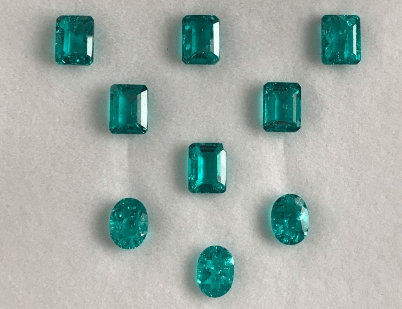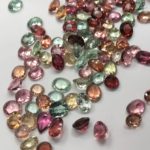Does Paraiba Tourmaline Only Comes In
Today we are talking about the Paraiba Tourmalines which are one of the rarest gemstones ever discovered on Mother Earth. These splendid gemstones are a great combination of rarity and unique beauty.
The history behind Paraiba Tourmalines
Tourmalines can be found in almost every shade of the rainbow but none of the colors can beat up the vivid glow of Paraiba Tourmaline from Brazil. These magnificent stones were first discovered near a village Sao Jose da Batalha, Paraiba- A Brazilian State in the year 1989.

Heitor Dimas Barbosa and his team began excavations in the year 1981 and it took them five and half years to find the galleries, tunnels, and shafts that distinguish areas laden with gemstones. It took several more years to find Tourmalines in shades and hues that World has never seen before. The man behind these sparkling stones Barbosa was recovering from illness when these first handfuls of gems were brought to daylight. Thus, Paraiba Tourmaline is a recent discovery and a pop sensation of the Tourmaline family.

Discoverer of Paraiba Tourmalines- Heitor Dimas Barbosa. Picture Courtesy- Rocks & Co.
A look at the Tourmaline Family
The word Tourmaline has been derived from the Sinhalese word “turmoil” which in English means “stone with mix colors or mixed parcel”. Similar to Garnet, Tourmaline is also not made up of a single mineral but is formed by a group of closely related silicate minerals. It is classified as a semi-precious gemstone with a wide variety of colors. The Tourmaline mineral group is chemically the most complicated group of silicate minerals. This gem is 7-7.5 on the Mohs Scale of Hardness.
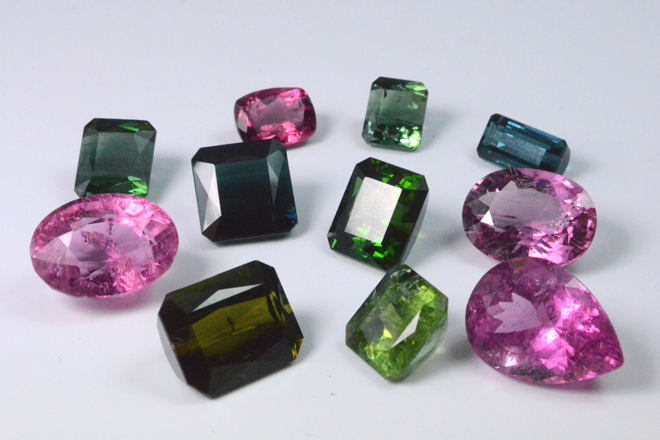
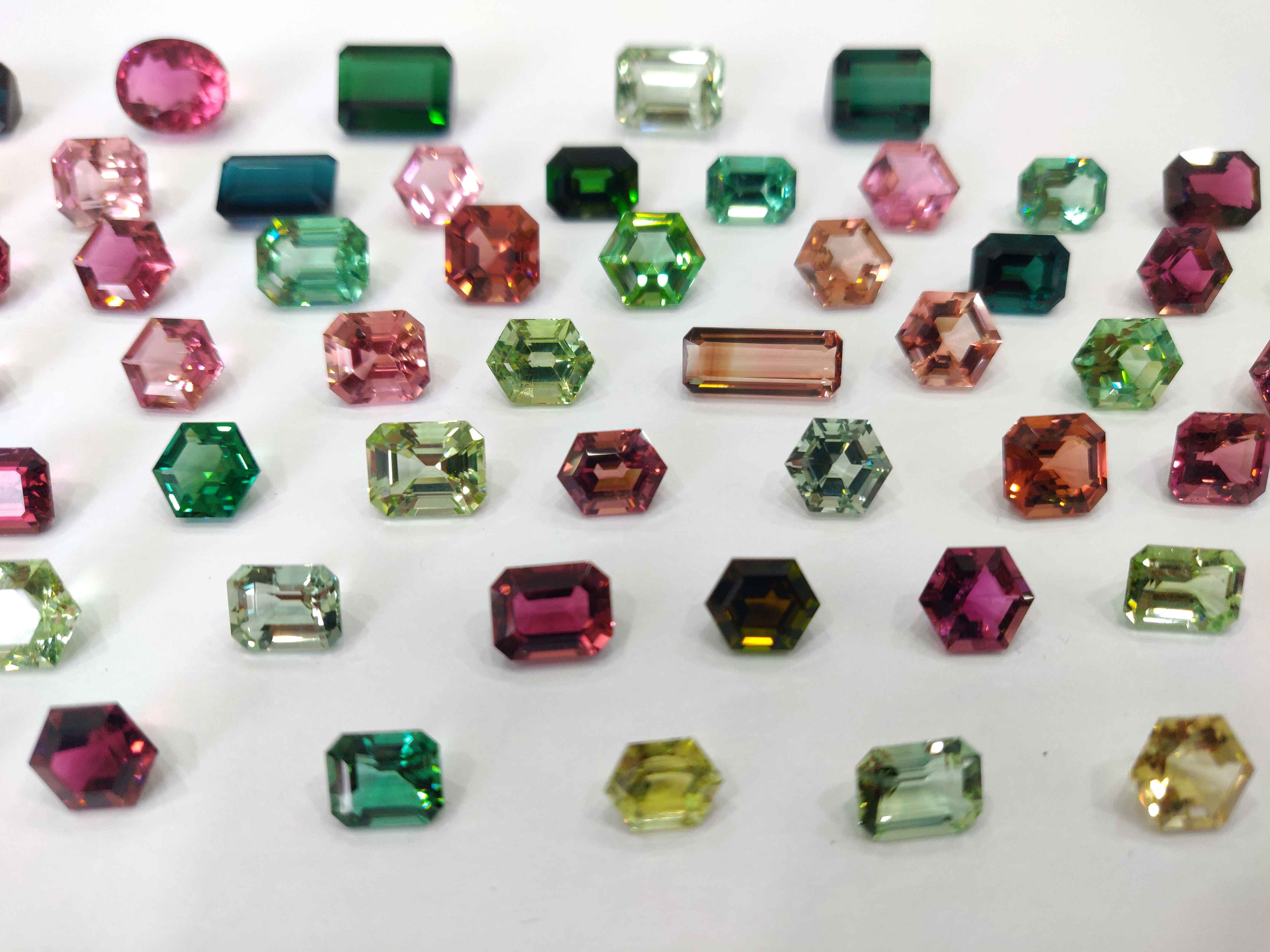
Copper makes Paraiba different
Gemstone Tourmaline comes in almost every color of the Rainbow. Brazil has classical reserves of Tourmalines. Generally iron, manganese, chrome, and vanadium elements are responsible for the various coloring of Tourmalines. But Paribas are different. Gemologists found that reason behind the vivid color of Paraiba Tourmalines is due to the presence of copper in it. Later, it was found that these gems contain some amount of manganese also.
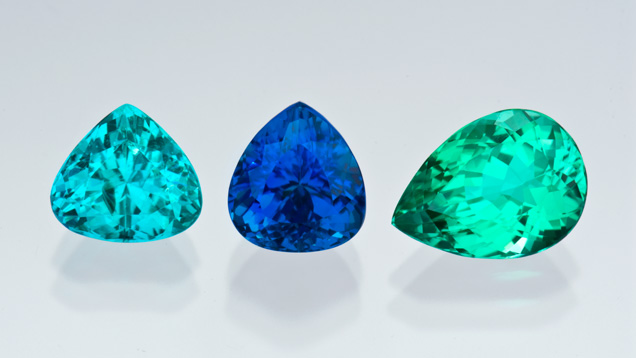
The interaction between iron and manganese gives rise to a beautiful range of colors like greenish-blue, bluish-green, emerald green, sapphire blue, bluish-violet, and purple. The post lustrous colors were often narrated as “Neon” since they appeared to glow.
A higher proportion of cooper is responsible for the colors like blue, turquoise, and green hues. Apparently, the presence of manganese causes violet and red tones. To eliminate any red hues Heat Treatments are given to Paraiba Tourmaline which brightens up the sparkling color even more.
Colors of Paraiba Tourmalines
1. Bluish-green color: The blue color of Tourmaline occurred due to the presence of copper in it. Color intensities range from pale blue to dark blue. The presence of manganese can modify the blue color into bluish-green color which can lead to pink or red zoning.
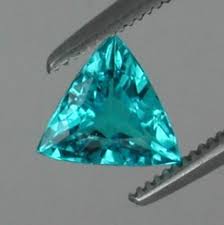
2. Blue color: This color is also known as Tanzanite Blue. These deep dark blue Tourmalines exactly look like to color of Tanzanite.
3. Violet and Purple color: The pink color of manganese and blue color of copper resulted in violet and purple. Manganese presence in high concentration in turns violet and purple colored Paraiba Tourmalines.
4. Green color: Green Paraiba Tourmalines have a high concentration of manganese than copper. The green color may be due to a combination of yellow from manganese and blue color from copper.
5. Red and Pink color: The pink and red-colored Tourmalines are not classified as Paribas as they contain only a slight amount of copper as compared to green and blue Paribas. Any significant copper concentration would shift red and pink Tourmaline towards violet and purple colored Paribas.
Controversy with Paraiba Gems
It is rightly said by someone “with the great name controversies come along”. This happens with Paraiba Tourmalines also. In the year 2001, the sparkling blue-green Tourmalines from Nigeria (Africa) hit the gemstone market. These looked like the ones which had till now comes only from Paraiba. There was a slight difference in color saturation which can be hardly noticeable by laymen.
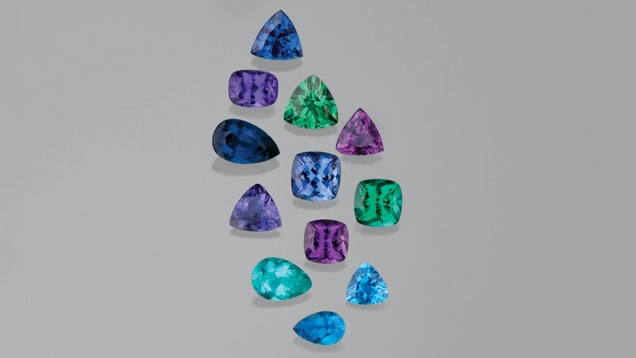
Another twist to the story comes in the year 2005 when a variety of colors as Brazilian Paribas was found in Mozambique. The color of Mozambique was much similar to Brazilian Paribas. Even, Mozambique ones are cleaner and found in bigger sizes than the Brazilian ones.
Attributes of Paraiban Tourmalines:
1. Rarity: One Paraiba Tourmaline is mined for every 10,000 diamonds. Moreover, the depletion of fine-quality reserves in Brazil makes these gems super rare.
2. Sky-high prices: Rarity directly influences the prices of Paraiba Tourmalines. Brazilian Paribas cannot be founded in larger sizes. The fine quality stones under 2carat can range from 3500$to 15000$ per carat. The rare stone above 2 carats can yield prices up to 18000$ per carat or even more.
3. Fewer Locations: The stone is only known to exist in three locations on Earth.
4. Brilliance of the gem: These gemstones are extremely brilliant and sparkling in their unique colors even under poor light conditions.
Tourmaline is a gemstone noted for the large and unsurpassed range of colors in which it occurs, and Paraiba tourmalines are precious stones displaying the uniqueness and splendor of those colors. Even among Paraiba tourmalines, there is a broad spectrum of color. Some of them are very light, others are so dark that the hue can only be recognized when the stone is held against the light.
View this post on Instagram
Conclusion:
The answer to the question raised in the title of the article is “Yes”. Paraiba Tourmalines can be found in violet tanzanite color also. As explained under the heading “Colors of Paraiba Tourmalines”. After the discovery of African and Mozambique Tourmalines, a long series of debates was held between the industry experts on whether stones from Africa and Mozambique should fall in the same category as Brazilian Paraiba. Paraiba is the name of the state of Brazil.
All this debate comes to end when GIA releases a statement saying that- any gems with similar colors as those of Paraiba and the presence of copper content in them will be referred to as Paraiba Tourmaline irrespective of their place of origin. Now, copper-bearing Tourmalines from Brazil, Nigeria, and Mozambique and any future copper-bearing deposits are referred to as Paraiba Tourmalines.
